sawtooth valley Wildland
Fire Collaborative
SAWTOOTH VALLEY WILDLAND
Fire Collaborative
The SVWFC is the only collaborative in our region working collectively to reduce wildland fire risks in the Sawtooth Valley. Mitigating wildfire hazards in the Sawtooth Valley protects Blaine and Custer Counties from catastrophic fires due to prevailing winds that can funnel fire into the Big Wood and Salmon River drainages. The collaborative structure of SVWFC was not mandated by any law, regulation, or policy, but rather by community-driven need. The tremendous positive impacts of fire collaboratives in other regions of Idaho and the West motivate local stakeholders to work together. The SVWFC aims to better protect local communities from ongoing hazards of wildfires as effectively and efficiently as possible.
Thank you for Attending The 2025 Wildfire Public Event!
May 29, 2025 | Luther Heights Bible Camp
May 30, 2025 | Stanley Community Center
Topics included:
-
Wapiti Fire panel discussion
-
Q&A with Custer County Commissioners, Sheriff Maydole, and Emergency Manager
-
Fire mitigation in Blaine and Custer Counties
-
Fire ecology and post-fire recovery
-
Public input
-
What happens when you dial 911 to report a wildfire?
-
Mental health after traumatic events
-
How to reduce your home wildfire risk
Wildfire Public Event
Two locations:
May 29, 2025 | Luther Heights Bible Camp | 10:00 - 4:00
May 30, 2025 | Stanley Community Center | 10:00 - 4:00
Topics include:
Wapiti Fire panel discussion
Q&A with Custer County Commissioners, Sheriff Maydole, and Emergency Manager
Fire mitigation in Blaine and Custer Counties
Fire ecology and post-fire recovery
Public input
Wildfire foundations: What happens when you dial 911?
Wildfires
Recent statistics
In 2023, more than 56,000 wildfires consumed 2,693,910 acres of land in the United States, according to the National Interagency Fire Center. More than 4,300 structures were reported destroyed by wildfires, including 3,060 residences and more than 50 commercial structures.
The USDA Forest Service reports that Idaho has a very high risk of wildfires – higher than 94% of states in the U.S.
SVWFC
sawtooth valley wildland fire Collaborative
The Sawtooth Valley Wildland Fire Collaborative (SVWFC) was formed due to the local community’s concern after a lightning strike ignited the Halstead Fire that burned 182,000 acres within the Sawtooth National Forest and Salmon-Challis National Forest in 2012. The escalation of catastrophic fire frequency across the Western U.S makes clear the extremely high risk of large-scale fire threatening the Sawtooth Valley which, lies upwind of the Wood River Valley.
The recent Ross Fork Fire in 2022, ignited by lightning, smoldered for weeks in remote, steep terrain where putting it out would have required 50 – 100 firefighters deployed in an extremely hazardous location. A string of “red flag” hot and windy days two weeks after ignition created extreme fire behavior threatening and burning all sides of the Smiley Creek designated community in the SNRA until firefighters and cooler weather put it out.
join us
Be part of the change
The SVWFC steering committee is leveraging public interest in reducing wildfire risk or hazard to rebuild local participation from a broad-based group of dedicated stakeholders – federal, city, and county governments, private landowners, businesses, emergency response teams, and concerned community members – working together to identify the risk of large-scale wildland fires, improve structure protection, and enhance wildfire education for the public.
Donate
The SVWFC is a Project of The Sawtooth Society. All donations made through here are restricted to supporting the SVWFC.
Volunteer
SVWFC is the only collaborative in our region dedicated to working collectively to reduce wildland fire risks in the Sawtooth Valley. Volunteer and become part of the collaborative .
Public Meeting
Join the SVWFC for a public meeting ahead of the fire season on May 23rd and May 24th at the Stanley Community Center.
Resources
Wildfires require three critical ingredients: oxygen, a spark, and fuel. In the outdoor environment, oxygen is abundant and readily available, serving as a key element in the combustion process.
donate today
Help us preserve our land
Through the Sawtooth Society, the Sawtooth Valley Wildland Fire Collaborative (SVWFC) is seeking funding to support the cost of retaining an experienced (contract) facilitation team to work alongside the Collaborative as key team members producing comprehensive and high- impact wildfire mitigation and preparedness recommendations to federal land managers, local communities, and regional leadership. Partnering with skilled facilitators is essential to helping the SVWFC in its second decade of leading more effective local wildfire mitigation.

